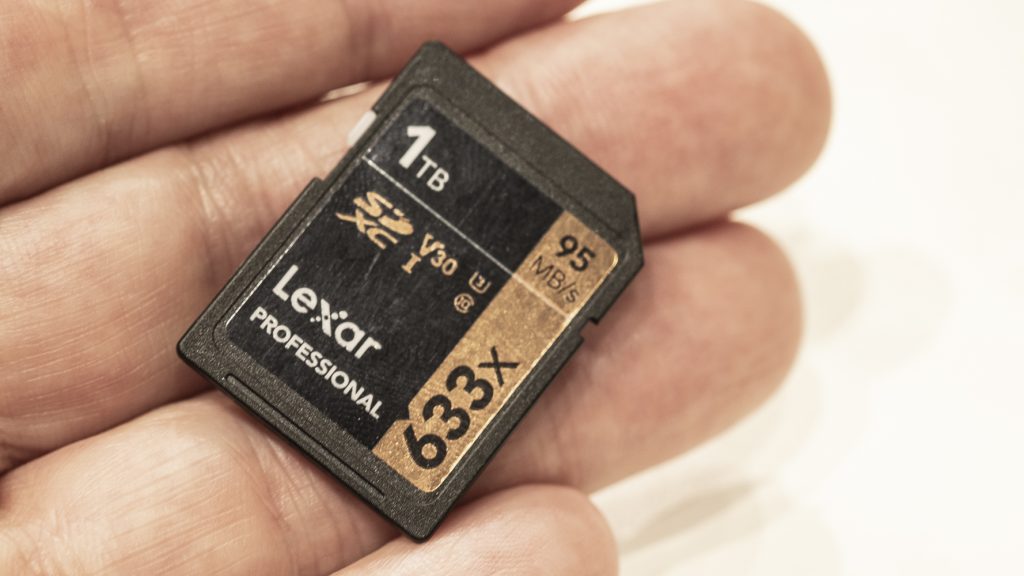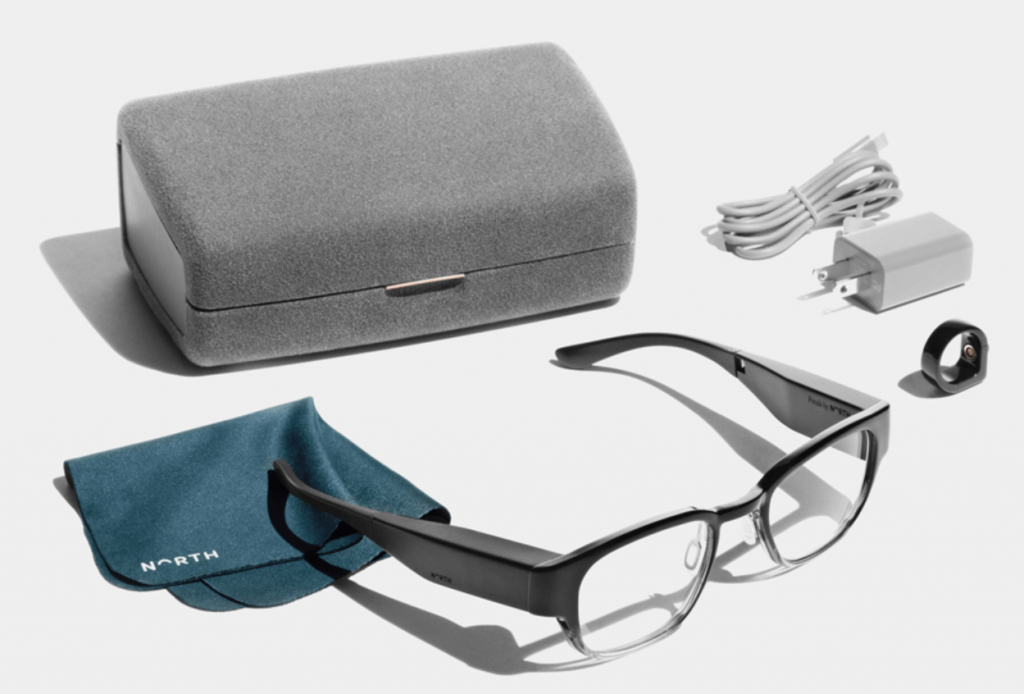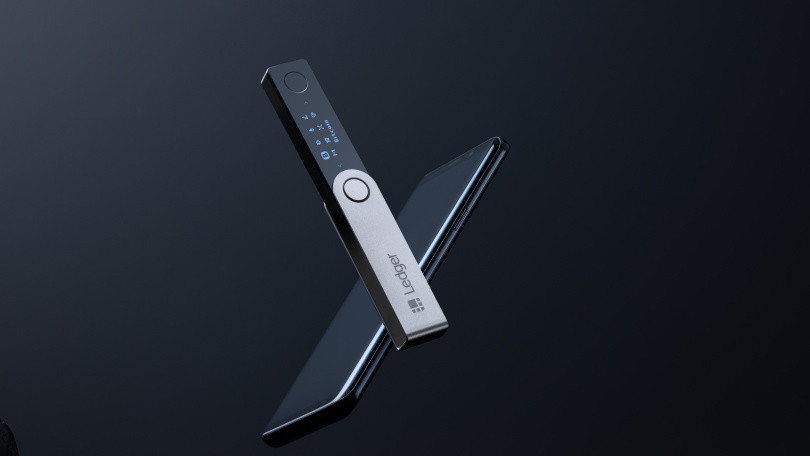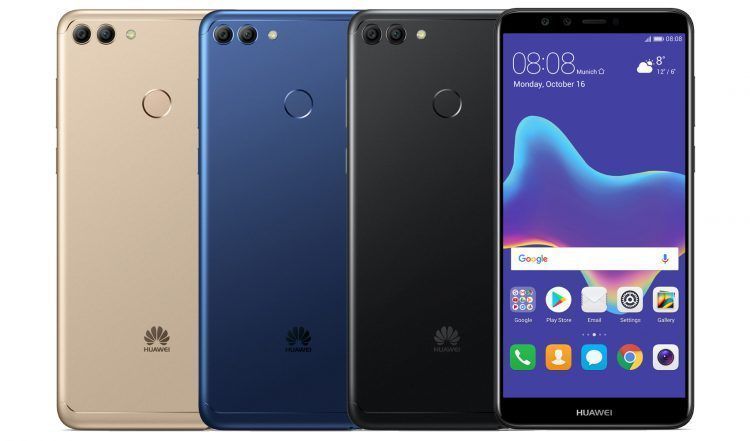Lexar Unveils World’s First 1TB SDXC Card; Available for Purchase
The leading manufacturer of flash memory products SanDisk announced a few years ago that it would be launching a 1TB SD storage card soon. But the announcement never took a real structure. But yes there are many other companies too, that are working towards the same goal and have been trying to build a product.

On the same league, a company named Lexar has already achieved the task and has launched the world’s first 1TB SD storage card. Noticeably, the company has been in the field of digital media production for more than twenty years, and in 2017, it had announced that it’d be ceasing retail operations that year. But last year in the month of August, it made its come back with many new products.
Now this time, it has brought the product that everyone was eagerly waiting for the 1-terabyte SD card. Lexar has introduced the 1TB 633x SDXC UHS-I, that has a read speed of up to 95MB/s as well as the write speeds of 70MB/s, and records a video at Class 10/V30 speed. The size of the storage the card is providing may seem to be too large, but people who are shooting the 4K and the 8K videos maybe thanking Lexar for this new storage card as those videos eat up space quite quickly.
“Almost fifteen years ago, Lexar announced a 1GB SD card,” said Joey Lopez, the company’s senior marketing manager. “Today, we are excited to announce 1TB of storage capacity in the same convenient form factor.”
Amazingly, the card has just been launched and already has been made available for the purchase. The cost of the SD card is set to be at $500 (Rs. 35,297). The SD card comes with a lifetime warranty, which is quite unimaginable. The company quotes that they have done various tests on the card and it is compatible with 1100 different devices.

Yashica is a Software Engineer turned Content Writer, who loves to write on social causes and expertise in writing technical stuff. She loves to watch movies and explore new places. She believes that you need to live once before you die. So experimenting with her life and career choices, she is trying to live her life to the fullest.




